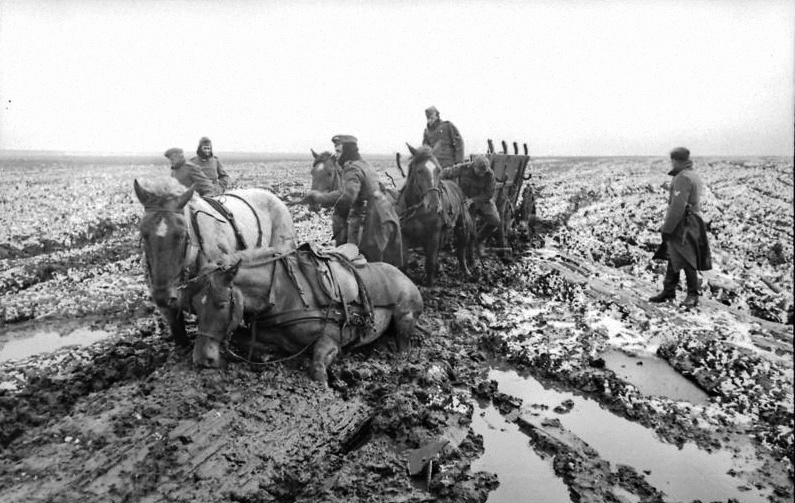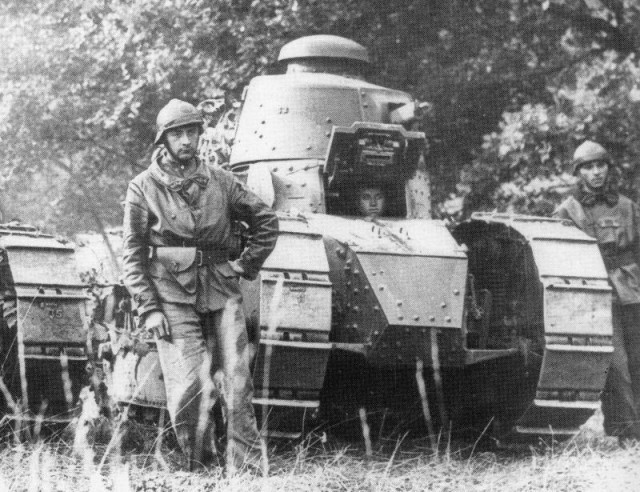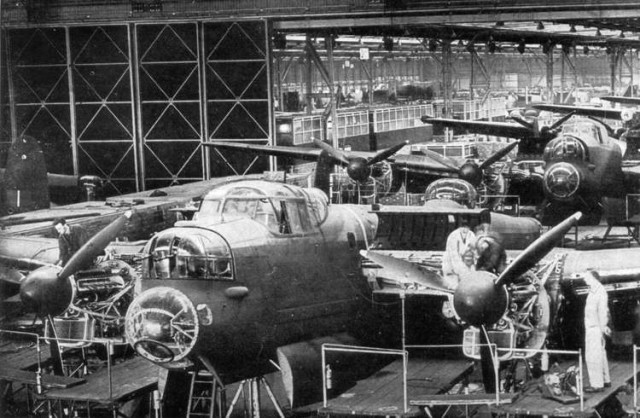
German horses stuck in Rasputitsa - By Bundesarchiv / CC-BY-SA 3.0
Everyone learns about World War II from their high school history classes. It’s inevitable. Hitler’s tyranny, the Holocaust, the attack on Pearl Harbor; these events have all become a major part of the American curriculum, and for good reason.
However, how much were you NOT taught about the events of the better part of that decade? After all, you can’t learn everything from a textbook. There’s bound to be some key details missing from your brief education on the subject.
For those interested in learning some of the lesser known details of the battles of WWII, keep reading for more knowledge you would never likely be asked on a history test.
1. Germany’s military was far inferior in numbers to France’s Army
Many believe that the German army in 1940 had far superior equipment and weaponry on their side, but this is not true. While it would seem likely that the German military would’ve had a very modern, mechanized army and air force, actually their forces were outnumbered by France’s army.
When the Germans attacked on May 10th, 1940, they only had mechanized transport for 16 of their 135 divisions overall. The rest of them were dependent upon the Old West style of horses and carts, and even on foot. France, on the other hand, had 117 divisions, all prepared for modern warfare. And they had a far greater number of guns as well, as France had well over 10,700 while Germany had to make do with about 7,378 artillery weapons.

The Renault FT-31 (or “modifié 1931”), a limited upgrade of the WWI-vintage famous Renault FT, which was applied to all the 1580 FT machine-gun versions still in depots at the time.
2. The manpower needed in the UK went to unlikely areas of production

The strength of Britain’s armed forces was more focused on the air and naval divisions for the most part. But after France fell, it was quickly determined that their army needed more strength as well.
However, up until Springtime of 1944, most of the British strength wasn’t put into place in RAF, the army, the navy, or even the merchant navy. Surprisingly, much of Britain’s manpower was in the Ministry of Aircraft Production. Despite the fact that Britain never had more than 750 fighters at one time, the country had built over 132,500 aircraft, which was an amazing feat for a single country to attain.
3. Allied shipping losses ended up at only a little more than one percent

The number of ships sailing during the years of WWII was staggering; around 323,090 sailings took place individually. Of all of these trips, about 4,786 were sunk – a tragic number, but not significant in the grand scheme of things. About 2,562 of these boats were British, but there was also an average of about 2,000 British ships sailing the high seas on any given day anyway.
Therefore, Allied shipping losses between the North Atlantic, the Arctic, and Home waters was 1.48% of the fleet – a number that seems all the more surprising given the amount of loss in other areas of the warzone. Though lone vessels and drifters from the main convoys made up the majority of the sunken ships, these were often a result of the inefficiencies of the convoy system.

No comments:
Post a Comment